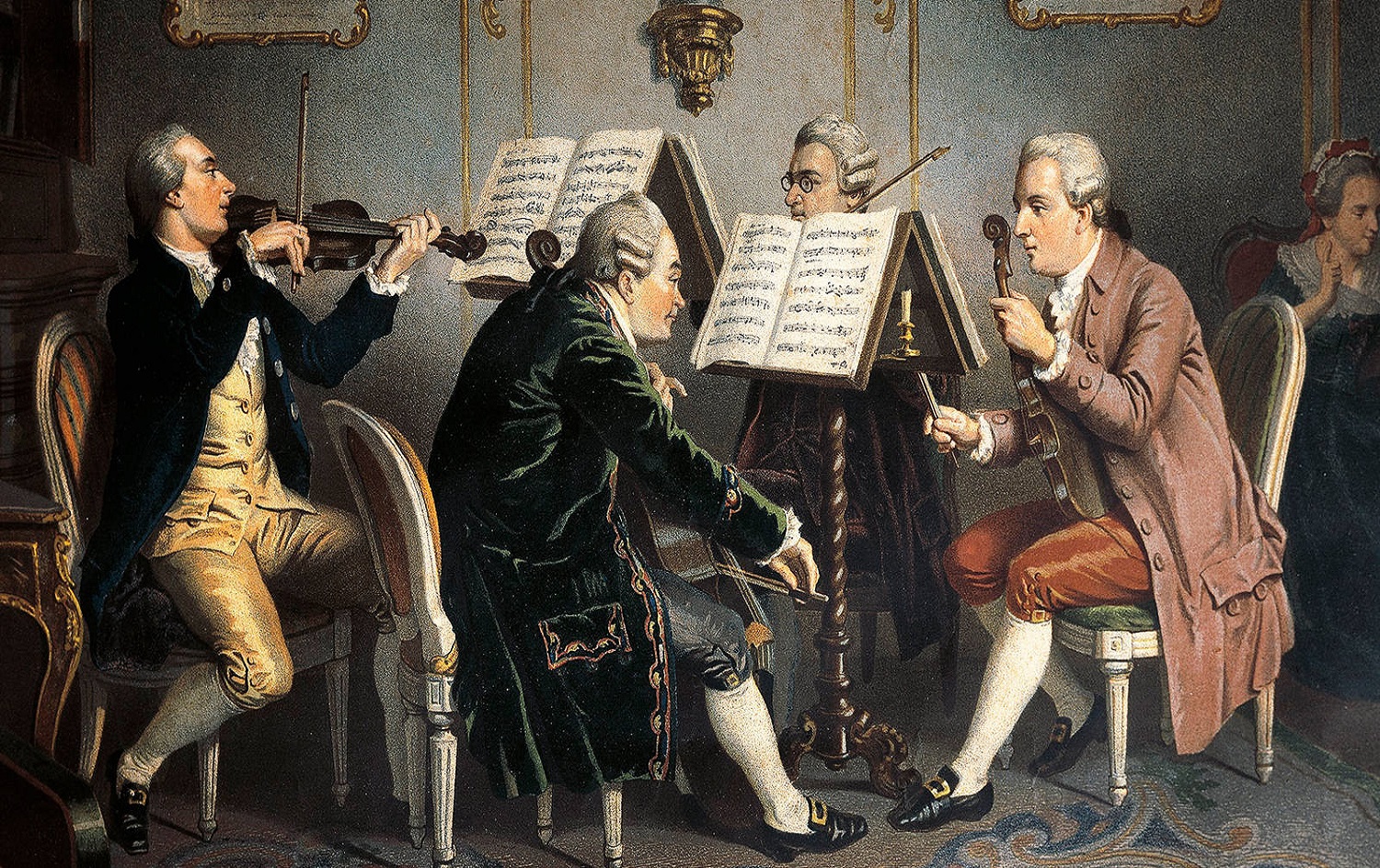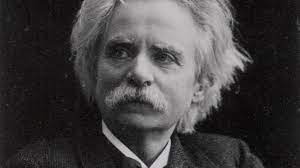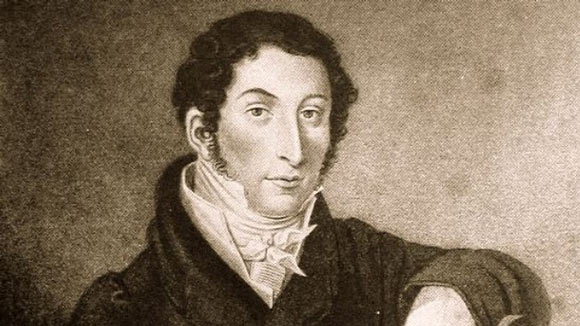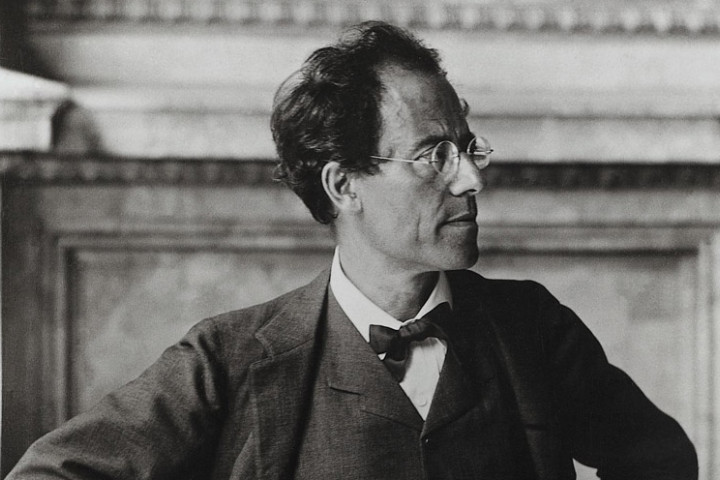
The History of Classical Music
Classical music, a genre rooted in the traditions of Western culture, spans a broad period from the Middle Ages to the present day. Its history[…]

Duarte Lobo – Biography and Life
Duarte Lobo was a prominent figure in the realm of Portuguese music during the Baroque era. Born in Alcáçovas, Portugal, around the year 1565, Lobo’s[…]

10 Fascinating Facts about Edvard Grieg
Edvard Hagerup Grieg, the renowned Norwegian composer, remains one of the most celebrated figures in classical music history. Born on June 15, 1843, in Bergen,[…]

Fascinating facts about Carl Maria von Weber
Carl Maria von Weber (1786–1826) was a German composer, conductor, and pianist who played a crucial role in the transition from the Classical to the[…]

Adolphe Adam – Biography and Life
Adolphe Adam (1803–1856) was a French composer and music critic best known for his contributions to the world of ballet and opera. Born on July[…]

Gustav Mahler – Biography and Life
Gustav Mahler, a towering figure in late 19th and early 20th-century classical music, was born on July 7, 1860, in Kalischt, Bohemia (now Kaliště, Czech[…]

Johann Friedrich Fasch: Unearthing the Musical Genius
Johann Friedrich Fasch was born on April 15, 1688, in Buttelstedt, a small town in present-day Germany. His early exposure to music came from his[…]